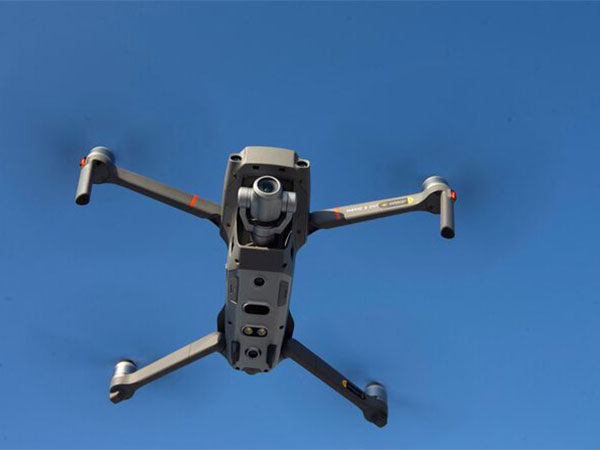
Countering UAVs in modern warfare
May 27, 2025
Washington [US], May 27: Unmanned aerial vehicles (UAVs) are increasingly used on the battlefield, and parties to conflicts are also developing corresponding countermeasures.
Indian police announced on May 25 that they are preparing to deploy an anti -UAV jamming system at the Taj Mahal, an iconic structure and a UNESCO World Heritage Site. Today, UAVs are increasingly being used in conflicts, forcing the parties involved to find ways to deal with them.
Traditional air defense weapons
Countermeasures against UAVs can be systems that use physical firepower such as missiles, anti-aircraft artillery, machine guns or UAVs to directly destroy enemy UAVs. Israel 's famous Iron Dome air defense system is designed to perform short-range air defense missions, capable of intercepting UAVs, rockets or artillery shells. This system is used by Israel to protect strategic and urban targets from suicide UAVs and rockets. Officially deployed since 2011, Iron Dome has shot down countless UAVs and rockets in combat and is said to have a success rate of up to 90%, according to the manufacturer Rafael (Israel).
Meanwhile, many other air defense systems have also been used to counter UAVs in the conflict between Russia and Ukraine over the past 3 years. In particular, Russia's main short-range air defense system is the Pantsir-S1 system, used to protect military bases or the S-400 systems. Meanwhile, to counter Russia's Shahed UAVs, Ukraine uses Western-aided systems such as the NASAMS surface-to-air missile complex (Norway - USA), IRIS-T (Germany). For close-range targets, the sides often use automatic rifles, machine guns mounted on pickup trucks and anti-aircraft guns to prevent. According to The Kyiv Independent , Germany's Gepard armored vehicles with 35mm guns are particularly effective in dealing with large-scale UAV attacks.
In addition, countries have also developed a new generation of high-energy weapons to shoot down short-range UAVs. Israel's Iron Beam system, expected to be operational soon, is a directed-energy air defense weapon with a range of 10 km. The system uses a 100 kW laser beam to burn UAVs in seconds. This is considered a perfect complement to the Iron Dome, with each shot costing only a few dollars, extremely cheap compared to an interceptor missile costing tens of thousands of dollars, according to Task and Purpose .
Meanwhile, the US Army last year sent Stryker combat vehicles equipped with a 50 kW laser system to the Middle East to test, which is said to be able to shoot down UAVs weighing up to 600 kg, rockets, and artillery shells. According to Breaking Defense , the US Army has ordered Lockheed Martin to build a 300 kW laser weapon system called IFPC-HEL, but it has not yet been delivered.
Electronic warfare
Electronic warfare systems work by jamming a UAV's control signals, GPS signals , or communications signals, rendering them inoperable without physically destroying them. Electronic warfare has become popular on the battlefield as a prominent countermeasure to the use of cheap combat UAVs by adversaries, according to Business Insider .
These systems can cut off the communication signal between the UAV and the operator, making the UAV unable to receive commands. In addition, the systems can distort the positioning signal, causing the UAV to lose direction and not be able to reach the target. The militaries of some countries also apply electronic attack and cyber attack methods to take control of the UAV. In addition, to deal with small UAVs at a distance of several kilometers, countries also develop handheld jamming weapons such as the DroneGun Tactical (Australia), EDM4S (Lithuania), KVS G-6 (Ukraine) or Stupor (Russia).
Source: Thanh Nien Newspaper






